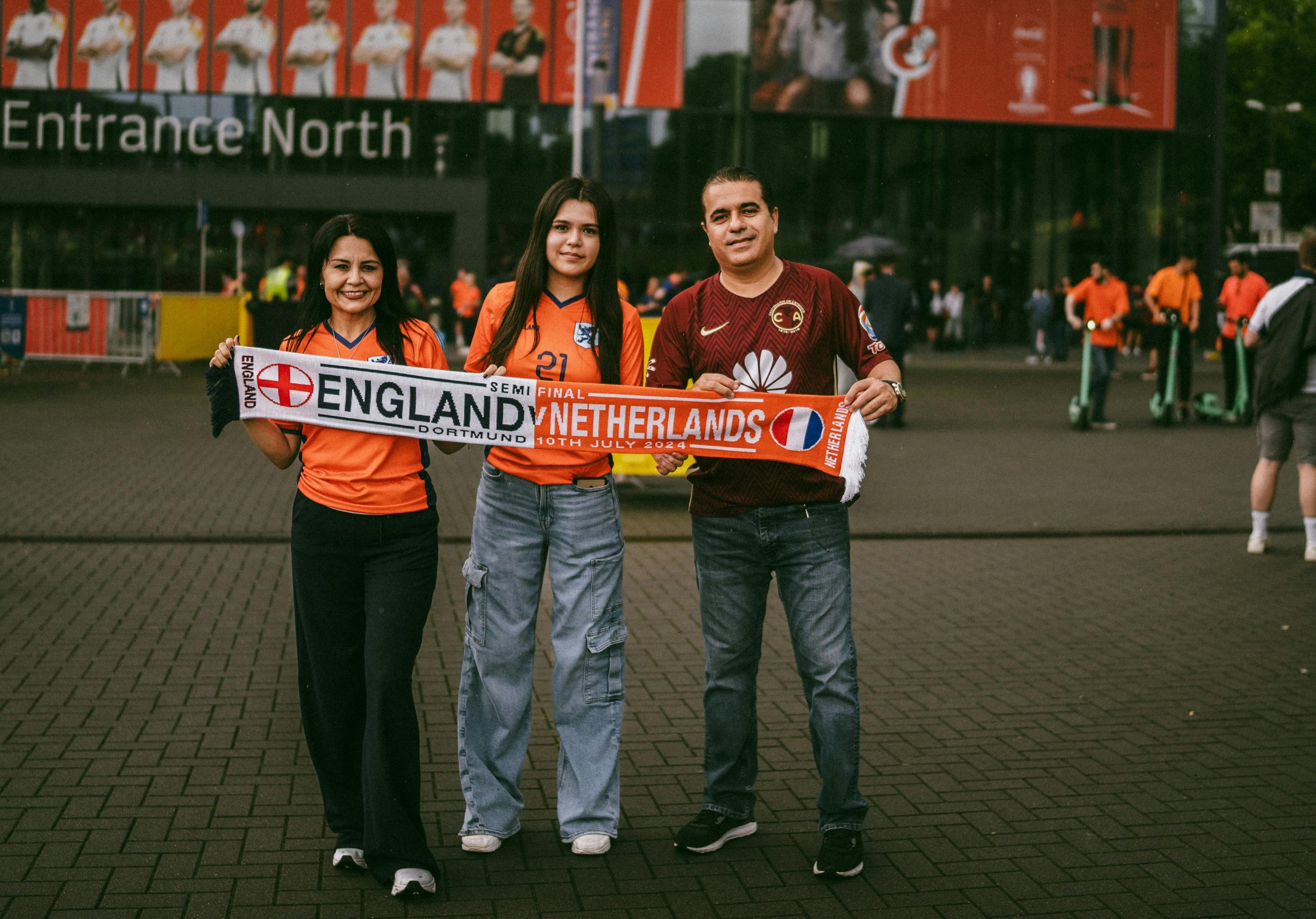Improving Traffic Flow at Liverpool Street Station: A Solution for Football Fans
Navigating Liverpool Street Station can often become a challenge, especially during match days when excited football fans gather in large numbers. The vibrant atmosphere is unmistakable, but for everyday commuters, the experience can be overwhelming due to the sheer volume of fans celebrating their team’s victories—or lamenting defeats.
To enhance the flow of foot traffic and provide a more convenient experience for all users, it would be beneficial to consider the implementation of dedicated entrances and exits for football supporters. This would involve creating separate access points that could be operational during match times, significantly reducing congestion in the main thoroughfares.
By designing these pathways to efficiently direct fans from the station to the stadium—and vice versa—commuters would benefit from a smoother transit experience. Think of it as a way to ‘funnel’ supporters in a controlled manner, similar to how cattle are managed in a stockyard. In doing so, we could maintain the vibrant spirit of the fans while ensuring that other travelers can navigate the station without unnecessary delay.
Such enhancements could not only improve safety but also take advantage of the high foot traffic generated by match days, potentially creating opportunities for local vendors and engaging community experiences. It’s time to rethink how we accommodate football fans in a busy transit hub and implement a solution that works for everyone.


Great points about managing congestion during match days at Liverpool Street!
As a London resident and daily commuter, I completely agree that dedicated entrances and exits for football supporters could significantly improve overall station flow and safety. Additionally, I believe implementing clear signage and timed access controls could help distribute crowds more evenly, reducing bottlenecks.
Furthermore, coordinating with local businesses and vendor stalls to create a seamless transition from station to stadium might encourage a more organized and enjoyable experience for fans while supporting the local economy. Such measures could also be enhanced with real-time crowd monitoring through digital displays, enabling staff to manage the flow dynamically.
Overall, thoughtful infrastructure adjustments like these would not only ease commuter frustrations but also foster a safer, more vibrant community atmosphere on match days. Would love to see city planners prioritize these improvements for a better London experience!
Insightful Suggestions for Managing Match Day Congestion
As a London resident and daily commuter, I completely agree that Liverpool Street Station could benefit from dedicated entrances and exits for football supporters. Implementing such measures would not only ease congestion during match days but also improve safety and overall station efficiency.
Additionally, it might be worthwhile to consider the following strategies to further enhance this approach:
Overall, proactively managing supporter movement not only benefits everyday commuters but also enhances safety and the spectator experience for fans. It’s a balanced approach that respects the vibrancy of football culture while prioritizing efficient transit.